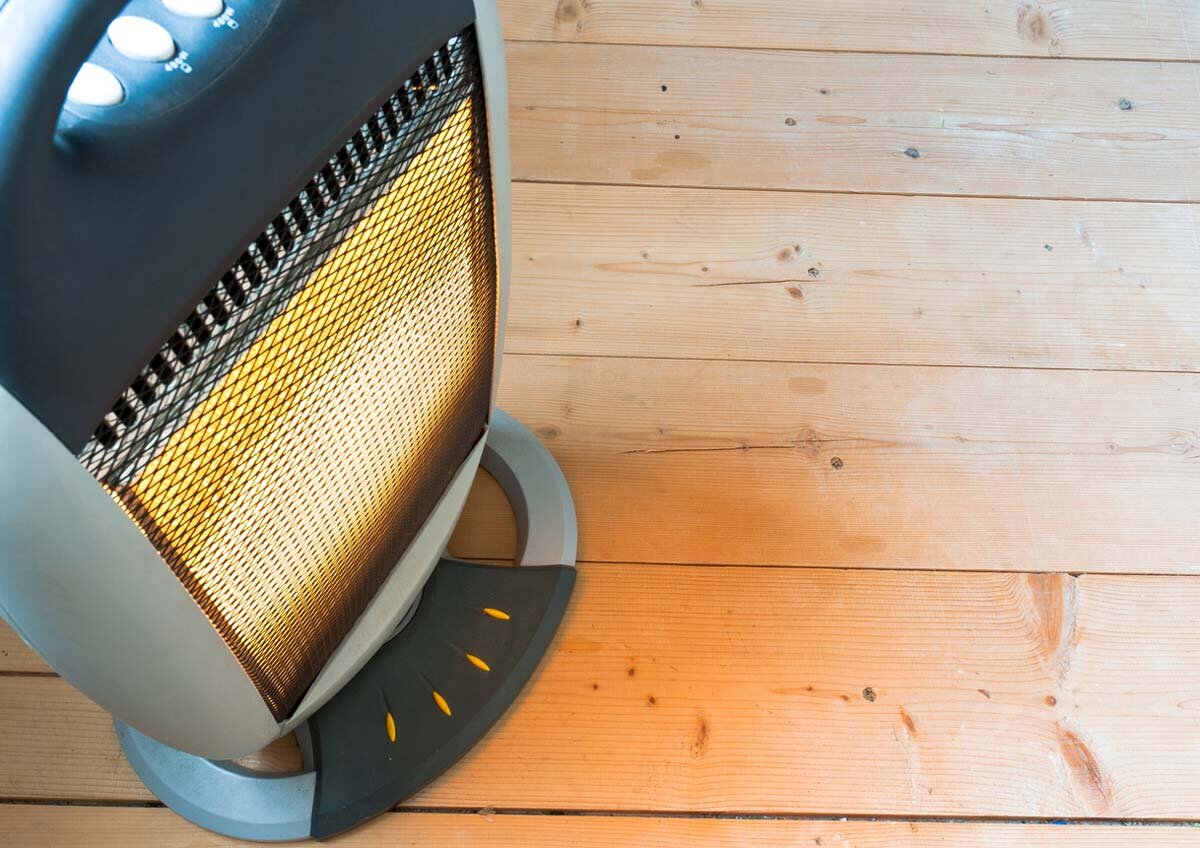Cold temperatures can make it hard to keep your Broken Arrow home warm and cozy without relying a lot on your heating system. However, using your furnace or heat pump often drives up your energy bills. Find out how you can conserve heat this winter to achieve lower energy bills and a comfortable home interior at the same time.
Change Filters
Has it been awhile since you changed your HVAC filters? If they’re dirty, your heating system works harder to keep your home warm. Putting in new filters reduces its energy usage and results in less wear and tear. Change HVAC filters every few months — or even every month if you have pets.
Use a Programmable Thermostat
Turning your thermostat setting down at night helps you conserve heat. Your home will still feel warm, but your heating system won’t be running as much. A programmable thermostat or smart thermostat provides an easy way to adjust settings on a regular basis.
Improve Attic Insulation
Insulating your attic helps trap heated air and stop it from escaping through the roof. Your attic probably has insulation already, but does it have enough? Adding more if needed helps ensure that heated air stays inside your home all winter long.
Use Ceiling Fans
Having your ceiling fans on during winter can help rooms with high ceilings stay warm. Just make sure they’re on the right setting. Your ceiling fans should be on the clockwise position so that they push heated air down.
Eliminate Drafts
Use or replace worn weatherstripping around doors to block drafts. Seal cracks or gaps around windows to keep cold air out and heated air in. Drafts can lower the temperature inside your home, forcing your furnace or heat pump to run more often.
Add Natural Light
The sun can heat up your home during the day. Open curtains or drapes to let in as much natural light as possible while it’s light out and conserve heat that way.
For more advice on how to conserve heat in your Broken Arrow home or to schedule HVAC service, please contact Air Assurance. Our HVAC team is ready to assist you.


















